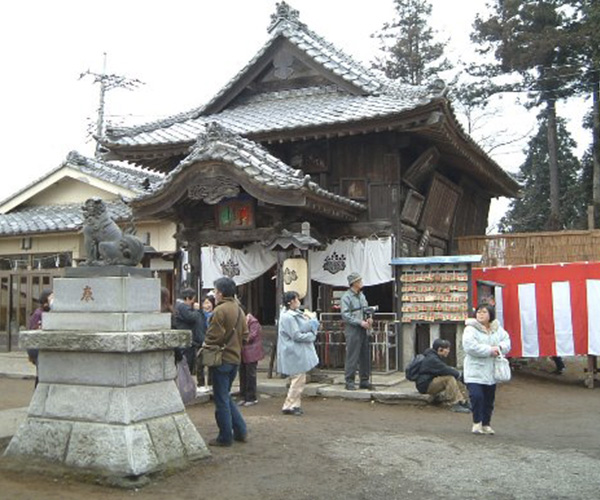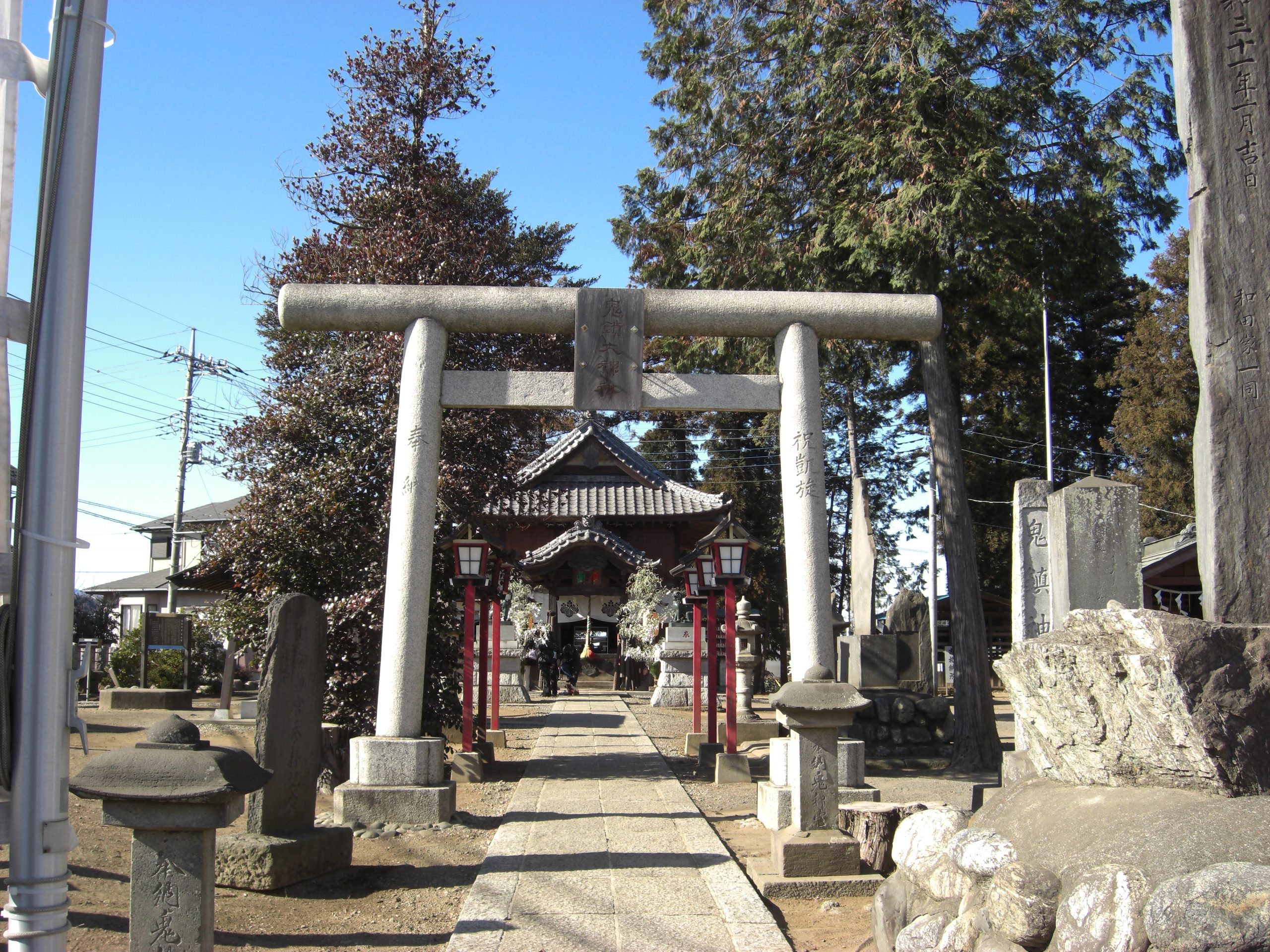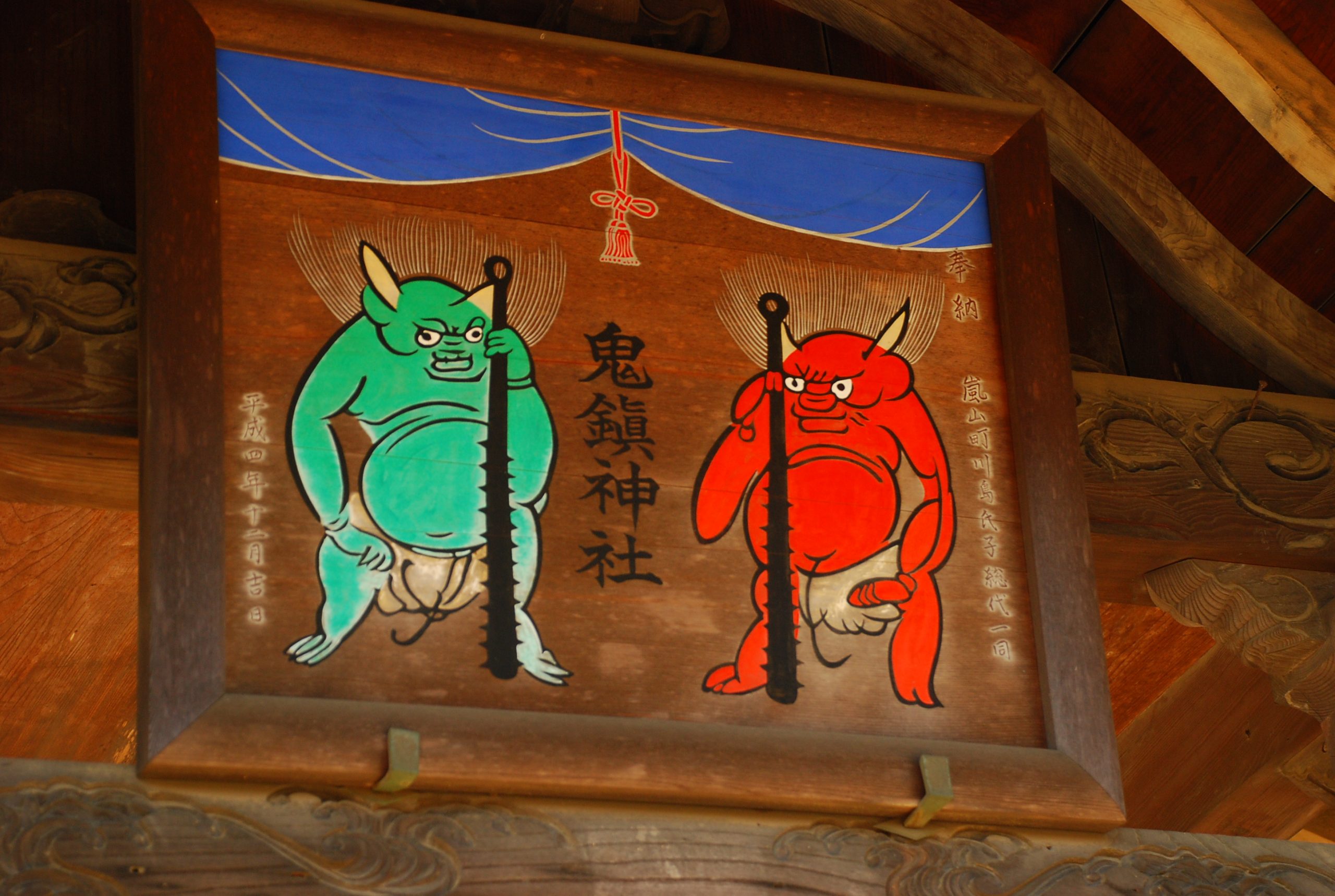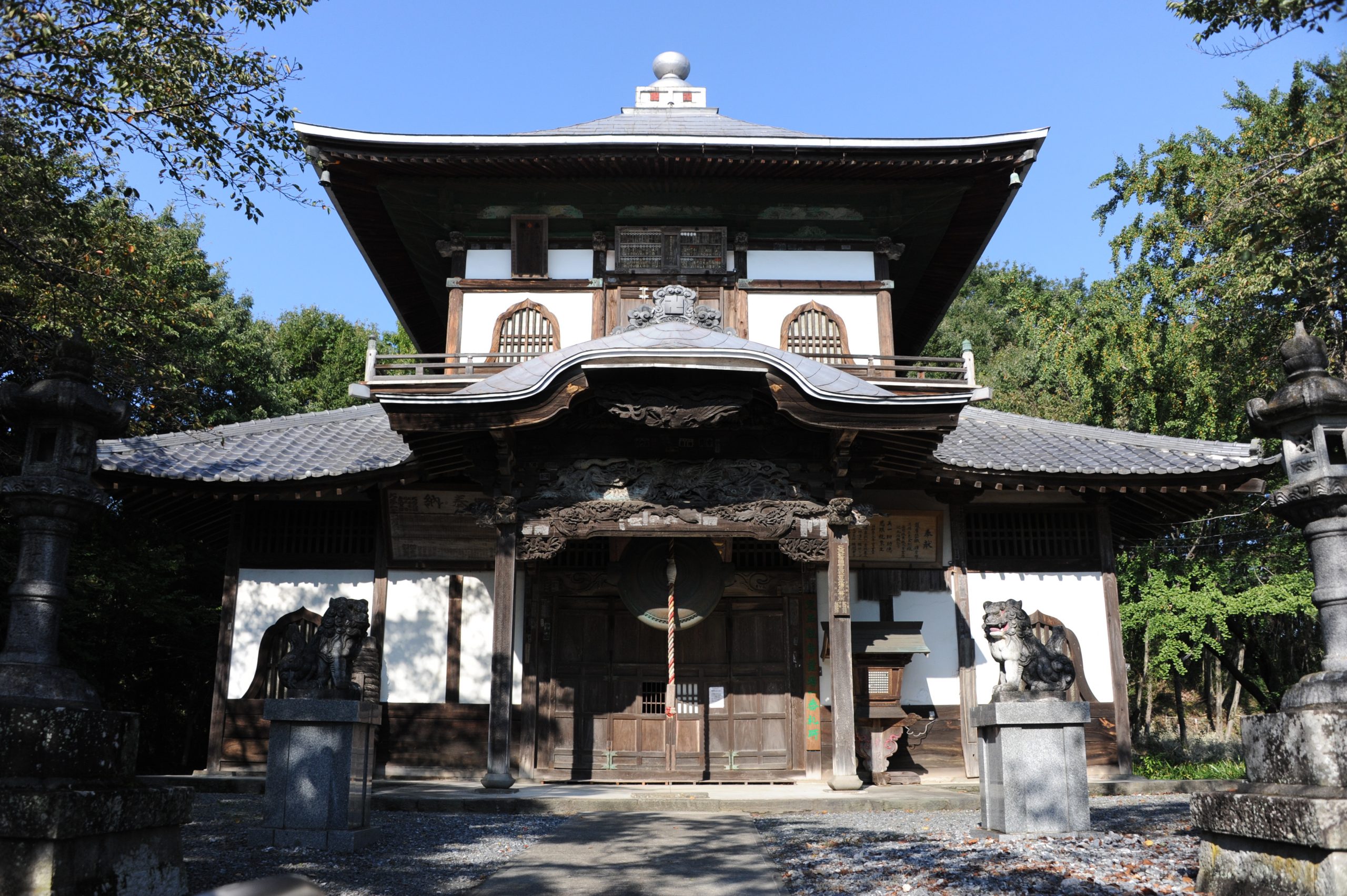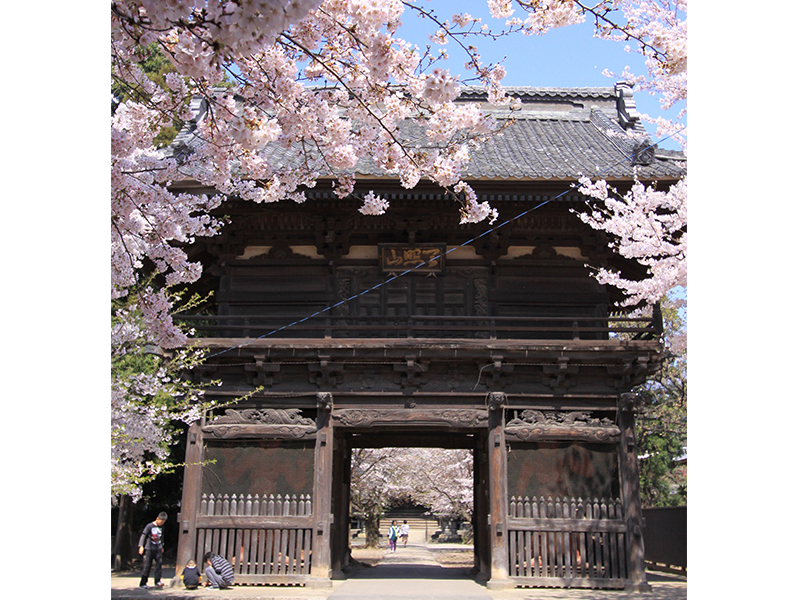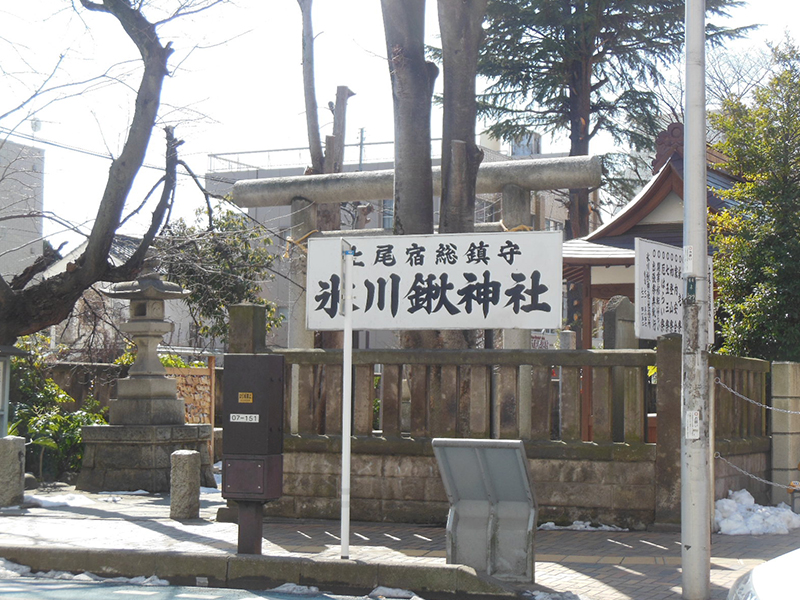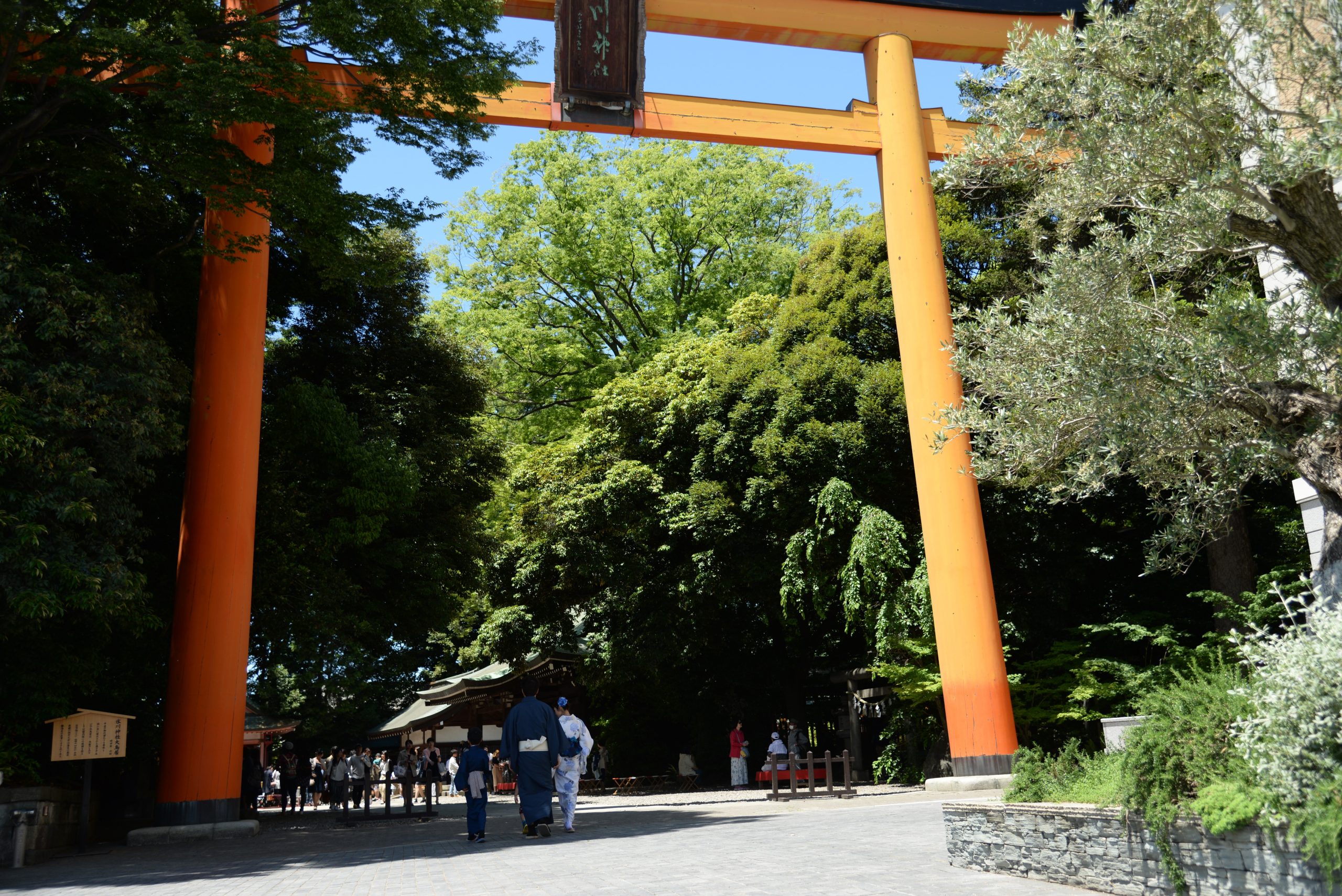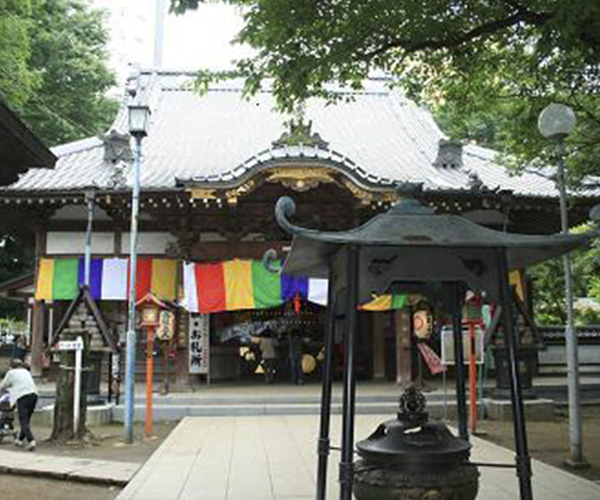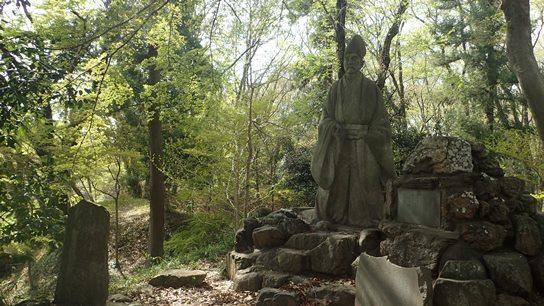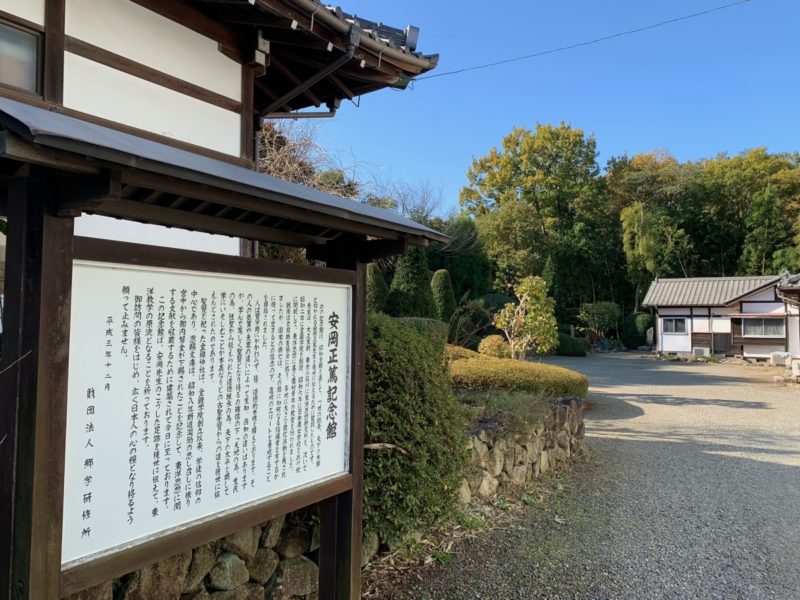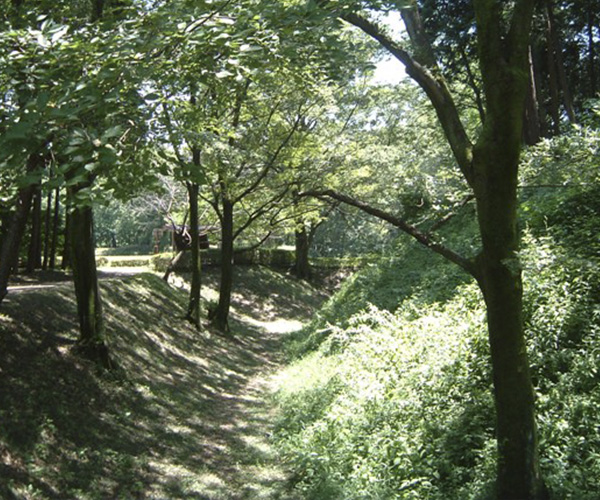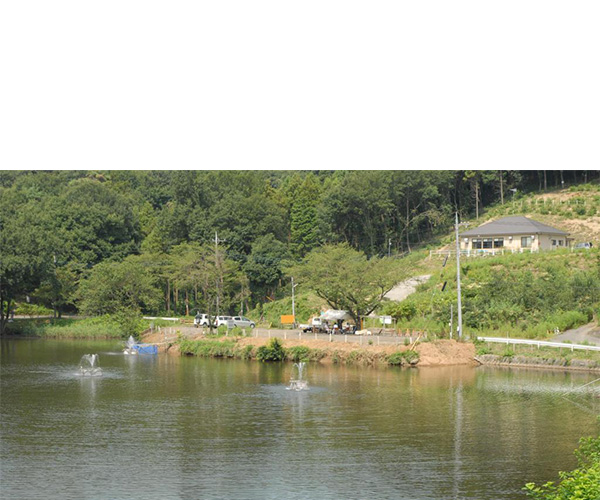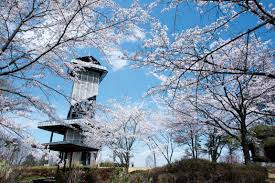Kijin Shrine
sightseeing
The shrine's beginnings trace back to when samurai warlord Hatakeyama Shigetada offered a statue of an ogre (oni) holding an iron rod as protection against ogres during the construction of Sugaya Yakata. One of the few shrines in Japan that worships "ogres" (oni), they celebrate Setsubun every year on February 3rd with an unusual chant: "Fuku wa uchi, Oni wa uchi, Akuma soto" (In with good fortune and the ogre, out with evil spirits). It is also known as the shrine of the God of Victory, and many soldiers came to pray for good fortune during the war.
Basic Information
Location
Ranzanmachi Ooaza Kawajima 1898
TEL
0493-62-2131
Home page
Event Information
Setsubun Festival (Every year on February 3rd)
Business hours / Fee
Regular holiday
None
Fee
Free
How to get there
Public transport
Go to “Musashi-Ranzan Station” of the Tobu Tojo Line from “Kawagoe Station” of JR Kawagoe Line and walk for about 15 minutes
Car
15 minutes from "Ranzan-Ogawa" Interchange of Kan-Etsu Expressway
Parking
Free:
Fee: None
Fee: None

